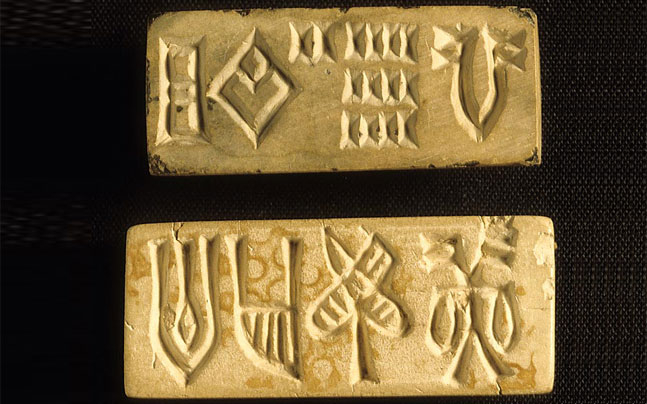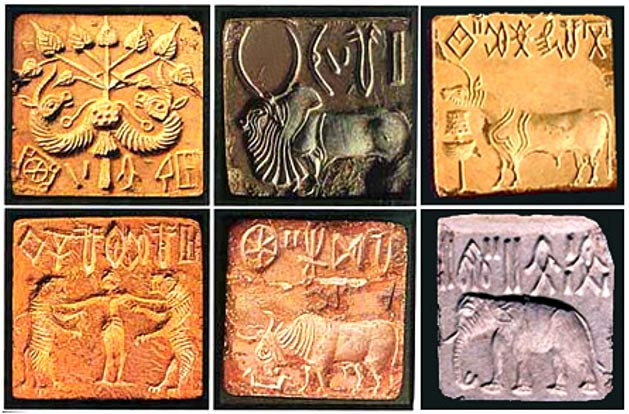The Development of the Oldest Script Which Remains Undeciphered Till Date
The earliest script in history was unearthed by the Indus Valley Civilization. It belongs to the Munda family and is known as the Indus Script or Harappan Script. The writing, which was discovered between 3500 and 1900 BCE and had roughly 400 signs, was initially discovered between 3500 and 1900 BCE (31 used regularly). Rather than being written on paper, the signs and symbols were usually found written on seals, earthenware, and stamps. As of 1977, around 90% of the Indus script seals and inscribed artifacts identified had been discovered along the Indus River in Pakistan, with the other 10% found elsewhere.
Despite being the oldest script uncovered, the writing is said to represent a cryptic language that remains not deciphered till date. The lack of underlying text and multilingual inscriptions is the fundamental cause for the decoding. Asko Parpola has been studying the script at the University of Helsinki in Finland for almost 40 years. He is regarded as one of the world's foremost decoding experts. There have been several attempts to link the Indus script to other Indian scripts, but nothing has been proven conclusively. According to some experts, the Indus script is not related to any other script.












